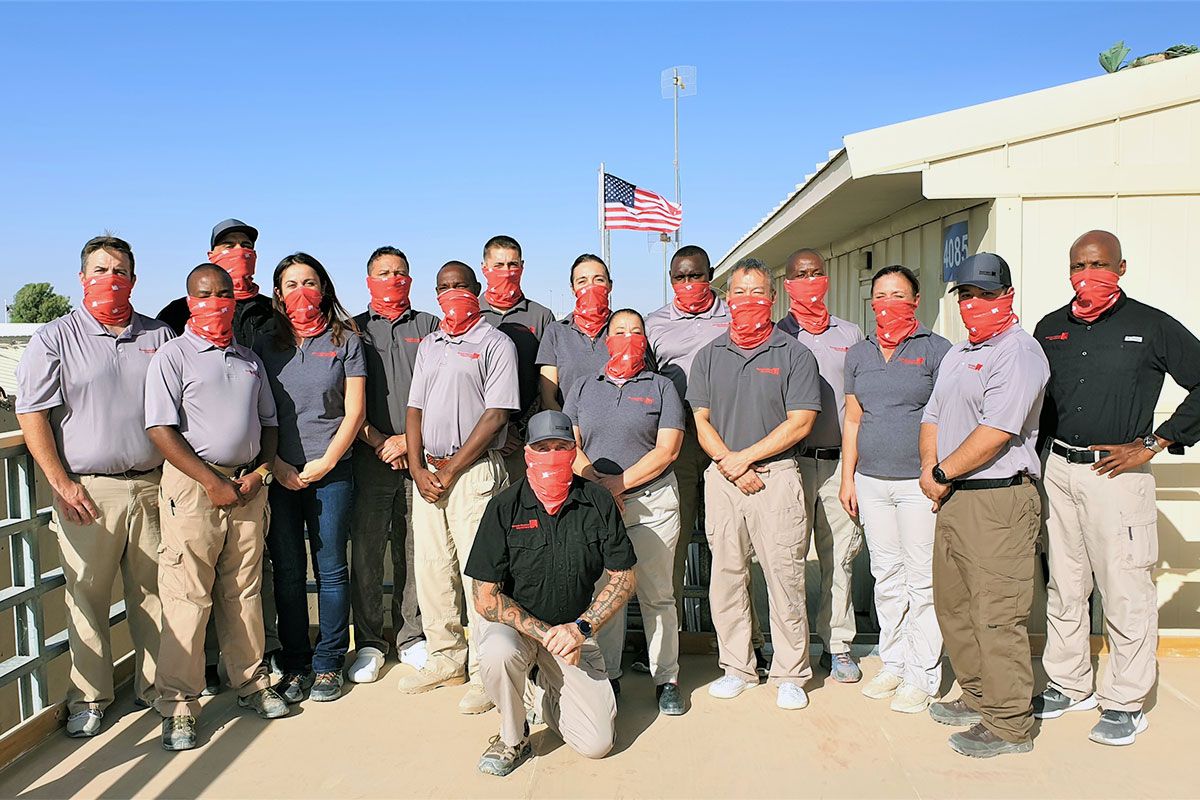There is just you, the trail, and a semi-conscious hiker lying on his side amidst several large rocks at the base of a hill. Â The rain starts to fall, and mist settles over the trail as dusk descends. Â You reach for your cell phone, but there are no service bars. You recall that there hasn’t been service for at least two miles. You are getting cold. Is he alone? What happened? You quickly try to assess the situation. Â A dozen disorganized questions pop into your head as panic and your adrenaline kicks in.
You cautiously approach the person and notice bruising on the hiker’s forehead. Â Do you stay? Do you go for help? Should you leave him on his back, on his side, or as he fell? Â You rifle desperately through your pack for the first aid kit you stashed at the bottom. Â It seems like a bit of a cruel joke as you pull out what you originally believed would suffice for your medical needs – tweezers, moleskin, band-aids, and ibuprofen. Â It gets colder.
“How absurd,” you think. Â You have high quality gear – a top-of-the-line daypack, expensive hiking boots, the finest of navigation compasses, a laminated map, a whistle. You have always been considered the prepared one when it comes to bringing the supplies for backcountry travel. Â However, you didn’t pack the training, the knowledge, and the competence to help this hiker, or yourself. You are now shivering. Â You yell for help, but there are no other sounds – only the sounds of the hiker’s breathing and the otherwise now eerie silence of the wilderness.
Inherent in wilderness activity is risk. Â Part of the allure of the backcountry, whether open ocean or mountains, deserts or forests, is that we are stripped of the cement and the security of our urban existence and forced to directly experience our environment and thus ourselves. We will never take all risk out of venturing into the backcountry nor would we want to. Â However, with training and practice we can manage and mitigate certain threats when people get sick or injured.
This training and the resulting confidence one can attain with taking a sixteen-hour Wilderness First Aid course. These engaging sixteen hours will allow you to recognize and treat a head injury or hypovolemic shock. Â These sixteen hours will train you to reduce a dislocation and make the difference between immobility and mobility. Â These sixteen hours will teach you to tape, splint, irrigate and close certain wounds, and to learn life-saving interventions and patient assessment skills. Finally, it will prepare you with a medical kit and the knowledge to use its contents. Â There is a good chance you will even have fun!
Wilderness medicine is an art as much as it is a science. Â RMI’s WFA course is your foundation to think creatively, adapt, and respond confidently to whatever you may find on the trail. Â Emergencies are charged with emotion and unpredictability. Â In sixteen hours, you will take away enough foundational knowledge to be a calm leader even under chaotic circumstances. Â Time and time again, we learn that the only thing predictable about the wilderness, is its unpredictability.
As urban dwelling Americans, we take for granted that help is at our fingertips, a mere phone call away. Â Call for help, and it will come – in the form of an ambulance stocked full of medics and supplies. Â From there the emergency is out of our hands. Â As a WFA student, you will realize that on some occasion you are the help and that you and your pack are the resources. There may be no transfer of care under these circumstances, at least immediately, but assurance and courage come with practice and preparation.
Now that you have taken the WFA, you encounter this same man on the trail while trail running. You immediately notice signs of a possible head injury and the imminent threat of hypothermia. Â After determining scene safety, you grab the gloves from your medical kit and immediately clear the man’s airway. Â You then roll him onto his back taking cervical spine precautions and position his head and torso slightly uphill to decrease inter-cranial pressure. Â After conducting a full patient assessment and ruling out any further life threats, you put the patient in recovery position while insulating him from the wet ground and covering him from further rainfall. You leave documentation attached to his clothing outlining your initial findings and vitals and start off at a run to get help at the trailhead.
Sixteen hours. Come join us for a fast-paced, fun, and pertinent training that will empower and equip you with the training and confidence to work, live, and enjoy the back country in a more responsible way. Â Pack more than just a medical kit. Pack knowledge. Â Pack confidence.


